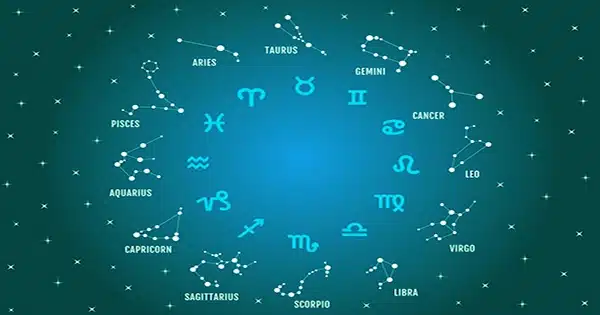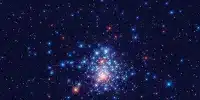In this month’s episode of our popular astronomy podcast Sky Tour, we’ll search for minute fragments of Halley’s Comet, find a few evening planets, and assess the brightness of stars in the late-spring sky.
The planet Earth passes through the orbit of Halley’s Comet annually at this time, and when it does, we encounter stony debris that the comet ejected years before. This yearly display of celestial light is known as the Eta Aquariid meteor shower by astronomers. Because Aquarius isn’t currently in the evening sky, you’ll have to get up a couple of hours before dawn on May 6th, say, 3 a.m., to catch this shower. Be aware that the distracting light from a nearly full Moon will ruin this year’s spectacle.
As May begins, there is a large gibbous Moon in the evening sky, which will become full on May 5th. The Moon rises roughly an hour later each night after that. As a result, by May 12th, when the Moon is in its last quarter, it doesn’t rise until long after midnight – owing in part to daylight saving time.
On May 19, there will be a new moon, and a few days later, when night sets, you can see a slender crescent hanging over the western horizon. The Moon then enters its first quarter on the 27th, and by the end of the month, it is once more close to full.

The western side of the sky is covered in dazzling stars around dusk in early May. For instance, search for a bright light that is just barely visible above the southwest horizon. The brightest star in the night sky is Sirius. Betelgeuse will appear when you turn your head to the right. Procyon is located further up, above Sirius, while Capella, a brilliant star, is located far to its right, past Venus. These stars, together with Castor and Pollux, are the final remnants of winter constellations that have passed their prime and are fading into the western dusk.
Regulus, the alpha star in the constellation Leo, the Lion, is far higher than any of these, about two-thirds above. Regulus is at the bottom of the Sickle star design because it resembles the hand tool with a curved blade used for picking crops. Regulus is located near the base of the handle. It’s around the size of a clinched hand. Perhaps if you look for a question mark facing the wrong way, you’ll notice it more easily. In any case, the Sickle stars outline Leo’s head, Regulus represents the lion’s heart, and its body stretches to the left.
Why not give this month’s podcast a listen? It has a lot more to say about the stars and constellations visible this month. Regardless of your level of skill, it’s an entertaining and educational way to get acquainted with the night sky. Download or watch this month’s 12-minute Sky Tour, then go outside and take in the wonders of the night sky.
















